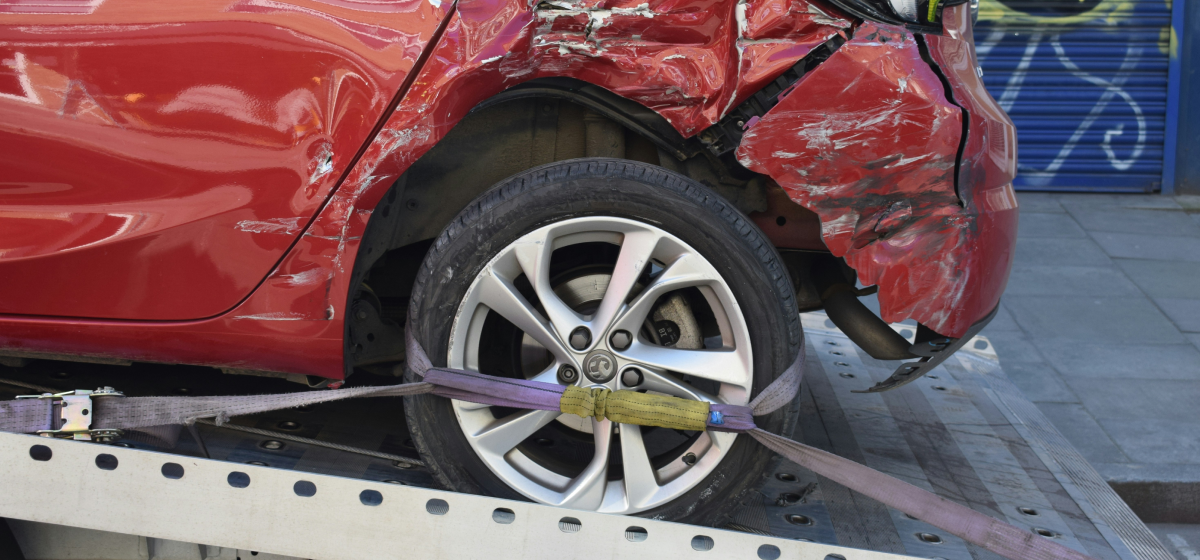Total Loss Categories
- Cat N – Non Structural
Your car costs more to fix than it’s worth, but the main structure (the frame) isn’t damaged. - Cat S – Structural
Your car costs more to fix than it’s worth, and the main structure (the frame) is damaged. - Cat B
Your car is too badly damaged to ever go back on the road. Some parts may be recycled or reused, but the car itself can’t be kept on the road. - Cat A
The car can’t be repaired or recycled. It has to be completely destroyed.
Can I keep my car?
- Keeping your car
If it’s a Cat N or Cat S, you can choose to keep the car. You’d be responsible for arranging repairs, selling it, or breaking it down for parts.Just keep in mind:
- It will always carry a “Total Loss Marker” (e.g. Cat N or Cat S) that must be declared if you sell it,
- You’ll likely need a new MOT to prove it’s roadworthy before reinsuring.
- If you’re driving someone else’s car, the main insurer on that car needs to confirm it’s covered.
- Disposing of your car
If it’s a Cat A or Cat B, you won’t be able to keep it. We’ll arrange for a salvage company to collect it and make sure it’s safely taken off the road.If you want to keep your private number plate, no problem — you just need to let the DVLA know. Here’s how.
If you do choose to keep your car (Cat N or Cat S), we’ll deduct the salvage value. Your file handler will explain exactly what this means and how much it is, as it varies depending on the car.
How do we value your car?
If your car is written off, we’ll pay you its market value at the time of the accident. We use trusted industry guides which uses data from both retailers and trade to make sure the price is fair.
We look at:
- Auto Trader
- Glass’s Guide
- CAPs data
Sometimes, we may send an assessor to value the car in person or a digital assessment through photos.
What if my car is on finance?
If your car is on finance, we’ll pay the outstanding balance up to the market value of your car. Your file handler will guide you through this.
If the finance is more than your car is worth, you may have a shortfall. If you’ve got GAP Insurance, contact your GAP provider — this covers the difference between what you paid for your car originally and its current market value.
